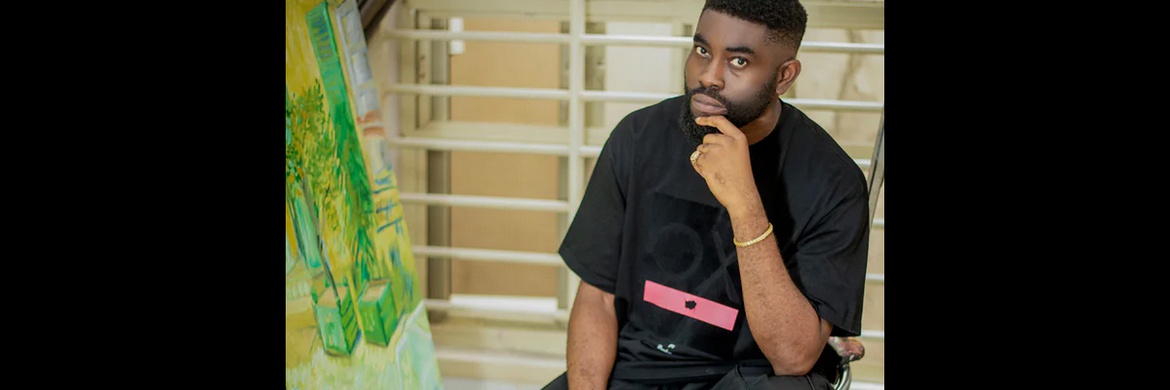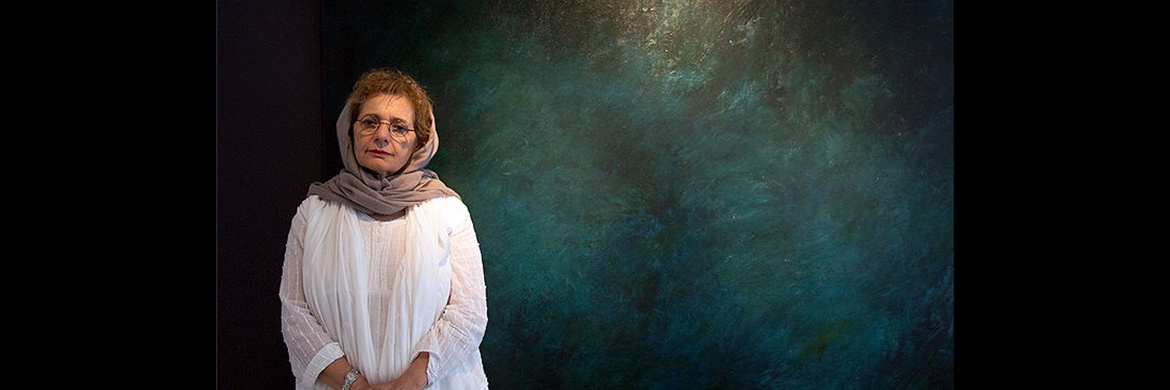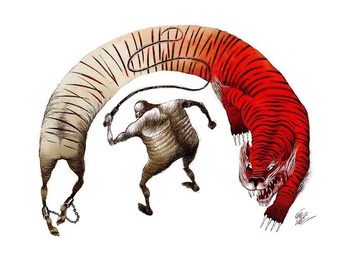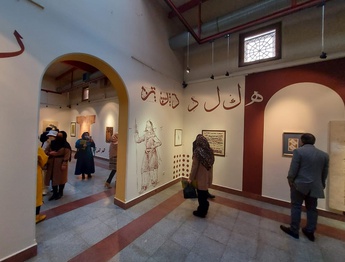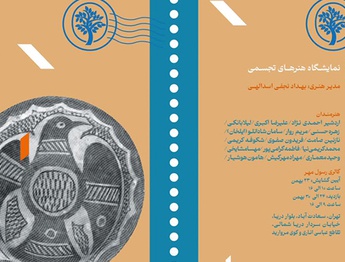
Sarhambandi documentary is a film with the presence of Nader Mashayikhi, a composer and written and directed by Ali Ghanbari, which can be classified as a creative or creative documentary with a little portrait flavor. A portrait because in any case the viewer gets to know a face and in each of them, he finds a part of the personality aspects. But it is necessary to mention the nature of the documentary film and its functions, as it appears from the title of the documentary film. This title refers to works whose theme, content, elements and characters are real so that these works can be used as documents to prove the facts, which include:
A news or report documentary becomes a creative or creative documentary, a news or report documentary. Here is mostly the second option or creative-poetic documentary.
Naturally, when it comes to creativity, reality takes on a new form, or at least in a form never seen before. It means to somehow lead beings to another existence and non-beings to other beings.
Therefore, thinking about a person whose structure of existence (life) is a wonder and miracle and showing this type of life in the form of a documentary film requires poetic construction and treatment, which succeeds in technical efforts and cannot follow a narrative logic.
In this way, imagine that in front of your eyes and ears (the viewer) there is a papyrus scroll of different frames, which are mounted on lines that carry music. As the notes go up and down, sounds, images and spaces change. Each scene produces its own components.
It's as if you walk with Nader Meshaikhi, talk to him, and he takes every moment of himself and puts it in front of you.
In addition, even in the most documented documentaries, the reality is not shown. Because it is impossible to show the reality at all, and every impression with any technique, material, style, genre, etc. is a representation, which itself has a long series.
But at least documenting and documenting and reading documentaries are perhaps closer to what they should be.
Each with different arrangements leads to impressions and evokes a variety of emotions.
From here, I enter the documentary "Sarhambandi", a film by Ali Ghanbari.
Every disorder has an order in its essence, it either becomes or is finally accepted and finds different cultural, social, economic, artistic, etc. acceptability.
There is such a ruling here as well. The title of the movie is Sarhambandi, a title that leads the audience astray, which happens to be the way forward.
According to the author, it is not only tinkering, but it is a type of tinkering. The previous expression is due to the space that the film puts in front of the viewer. The film in the description stage consists of different pages with different time and place.
The constant element is a person named Nader Meshaikhi, a person with a round hat, short-sleeved shirts, cigarettes and his dialogues.
In the step of interpretation of the work: the pages (scenes, frames) have reached a kind of order by editing. This is the special order of the film. In fact, it is the same as what was said before.
Showing scenes in the field of human perceptions, combining modern spaces (places) (cafes) and traditional places and of course nature.
The same opening and closing of the image frames keeps the viewer breathing and struggling. The presence of positive and negative spaces and not trying to feed a concept to the audience prevents image tensions.
Nader Mashaikhi's cigarette smoke is the invisible line in the theme of the film: music, rhythm, continuity and movement.
A modernized nostalgia that is a spice with a familiar smell in the divisions of Naqsh Jahan square in Isfahan, mosque and music workshops.
In most moments of the film, the noise of sound indicates the anxiety that can be heard in the dialogues.
And what reduces the daily stress of the voices is actually a smooth emotion in the movements, conversations and looks of Nader Mashaikhi.
Intertextuality plays an important role in the film. Not only the text but also the mental, spiritual and experienced pre-texts of the writer and actor.
Assemblage is a suitable name for the film. By passing on the analytical and composite cubism of the film. It has a different meaning than what we see.
In some scenes, the color and form have been reduced to a minimum, and in some, the presence. The shapes and forms of things have become more visible.
Picasso: "In my opinion, searching in painting has no meaning, the main point is to find. The image is a collective result of destructions. Previously, the images progressed step by step towards completion. Every day brought something new. The resulting image was a collection of additions. But in the case of my painting, the resulting image is a series of destructions. First I make an image, then I destroy it. However, in the end, nothing is lost: the red color that I took from one place is found elsewhere."
In Sarhambandi, the beginning and the end are invisible, as if you are walking in a circle.
Although it comes from a sociological and anthropological point of view. A mixture of people, society and technology that creates a possibly futuristic story.
But is life nothing but putting together unwanted structures and instruments?!
Dr. Aisa Hekmat, member of the academic faculty of Tehran University.
